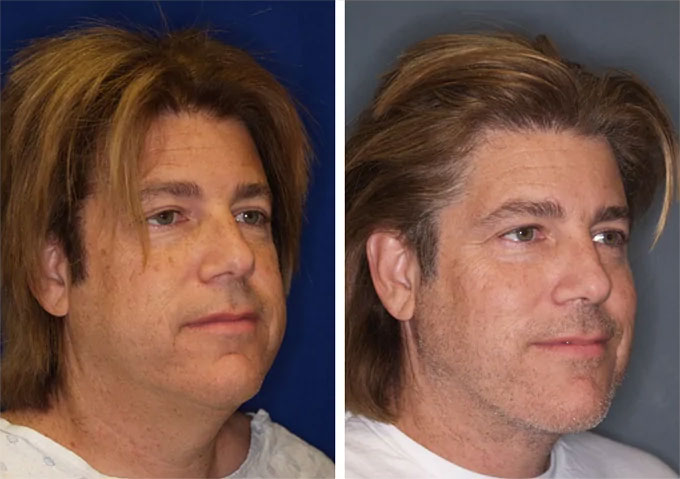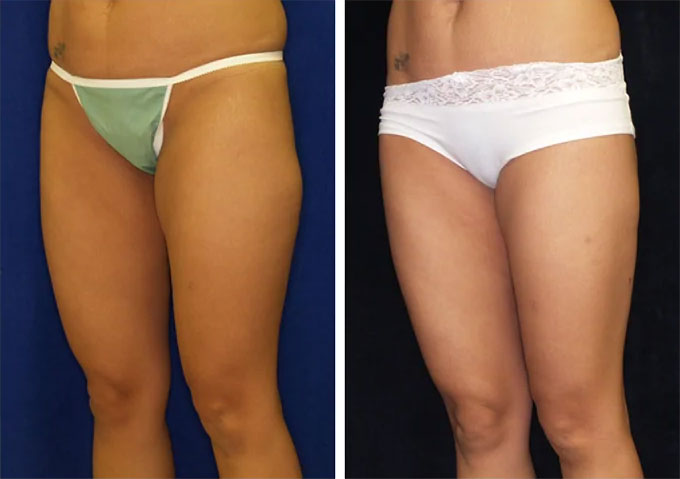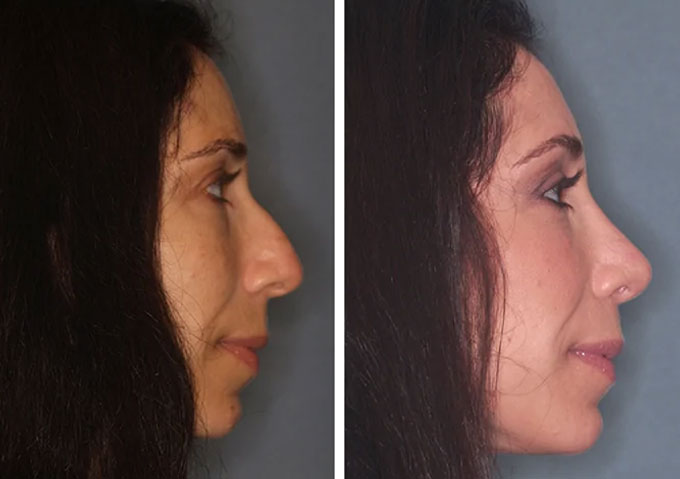Smoother, Refreshed Skin Without Surgery
Looking to reduce fine lines and dynamic wrinkles without downtime? At the Beverly Hills clinic of board-certified plastic surgeon, Dr. Gerald Minniti, Botox® and Xeomin® injections are two of the most trusted non-surgical treatments for facial rejuvenation. These neuromodulator injections temporarily relax specific facial muscles to soften the appearance of crow’s feet, frown lines, forehead lines, and more.
Whether you’re exploring Botox in Beverly Hills for the first time or considering switching to Xeomin, we’re here to help you understand the differences and benefits so you can make the most informed decision.
What Are Botox and Xeomin?
Botox and Xeomin are both FDA-approved injectable neuromodulator treatments derived from botulinum toxin type A. They work by interrupting the signals between nerves and muscles, reducing muscle movement in targeted areas. This softens the appearance of lines that form due to repeated facial expressions, such as squinting or frowning.
Although similar in function, Xeomin is often called a “naked” neurotoxin because it’s formulated without accessory proteins, which some patients prefer for reduced risk of developing resistance over time.
What Areas Can Be Treated With Neuromodulators?
Botox and Xeomin are commonly used to treat:
- Crow’s feet (around the eyes)
- Glabellar lines (frown lines between the eyebrows)
- Forehead lines
- Bunny lines (on the nose)
- Vertical lip lines
- Downturned corners of the mouth
- Neck bands (platysmal bands)
Results typically begin to appear within 3–7 days, with full smoothing effects visible by two weeks. Effects last approximately 3 to 4 months.
Botox vs. Xeomin: What’s the Difference?
While both are effective, here are a few key distinctions:
| Feature | Botox® | Xeomin® |
|---|---|---|
| Formulation | Contains protective proteins | Pure botulinum toxin only |
| Onset of Results | 3–5 days | 3–5 days |
| FDA Approvals | Multiple medical/cosmetic uses | Cosmetic and therapeutic uses |
| Patient Preference | Widely used, highly trusted | Clean formulation, newer users |
Some patients switch between the two over time or choose based on how their body responds.
Frequently Asked Questions About Botox & Xeomin in Beverly Hills
Who is a good candidate for wrinkle relaxers?
- Want to reduce the appearance of dynamic wrinkles
- Prefer a non-surgical solution with minimal downtime
- Are in good health and not pregnant or nursing
- Have realistic expectations about softening—not erasing—lines
Whether you’re new to injectables or looking for a Botox provider in Beverly Hills, a consultation will help determine the best approach based on your anatomy and goals.
What should I expect during treatment?
Here’s what you can expect:
- Your provider will assess your facial muscle activity and discuss your goals.
- A series of small injections are administered using a fine needle.
- You may experience mild redness or swelling that resolves within hours.
Patients are advised to avoid lying flat or intense physical activity for a few hours post-treatment to ensure optimal results.
What should I expect after treatment?
There’s no required downtime after treatment, but for best results:
- Avoid rubbing or massaging treated areas for 24 hours
- Skip intense workouts the day of your appointment
- Keep your head elevated for at least four hours post-treatment
Visible smoothing develops over the first week, with results lasting around three to four months. Regular touch-ups help maintain a consistent, refreshed appearance.
How soon will I see results after Botox or Xeomin?
Most patients begin to notice changes within 3 to 5 days, with full results visible around 10 to 14 days post-treatment.
Are injections of Botox or Xeomin painful?
Discomfort is minimal. Injections feel like a small pinch and typically require no anesthetic.
Can I return to work after my appointment?
Yes—these treatments are often called “lunchtime procedures” because there’s little to no downtime.
How often do I need Botox or Xeomin?
Most patients return every 3–4 months to maintain results. Frequency may vary based on your muscle activity and aesthetic goals.
Why Patients in Beverly Hills Choose Dr. Minniti’s Clinic for Injectable Treatments
Choosing injectable treatments at Dr. Minniti’s Beverly Hills clinic means choosing a provider whose expert team follows treatment and safety protocols that are established by a board-certified plastic surgeon. In the hands of an experienced injector, neuromodulators like Botox and Xeomin can enhance your natural features without freezing your expression.
Visit our Injectables or Facial Fillers page to explore additional options for more comprehensive facial rejuvenation without surgery, during your consultation, our experts will create a personalized treatment plan designed to achieve your aesthetic goals.
Schedule Your Injectable Treatment in Beverly Hills
If you are considering wrinkle relaxer injections, we invite you to schedule an appointment to learn more. Our team provides personalized treatment plans to help you feel confident, natural, and refreshed. Contact the Beverly Hills office of Dr. Gerald Minniti today to request a consultation and discover the benefits of subtle, expertly administered neuromodulator injections.
Related Procedures
Brow Lift
Brow lift improves the appearance of the forehead by smoothing wrinkles and reducing the fullness in the upper eyelid.
Facelift
A facelift is a time-honed cosmetic procedure that can turn back the clock and make you look 10 years younger.
Facial Fillers
Facial fillers are injectable products that are designed to either smooth wrinkles or improve facial contours.
Before & Afters
Patient Gallery



